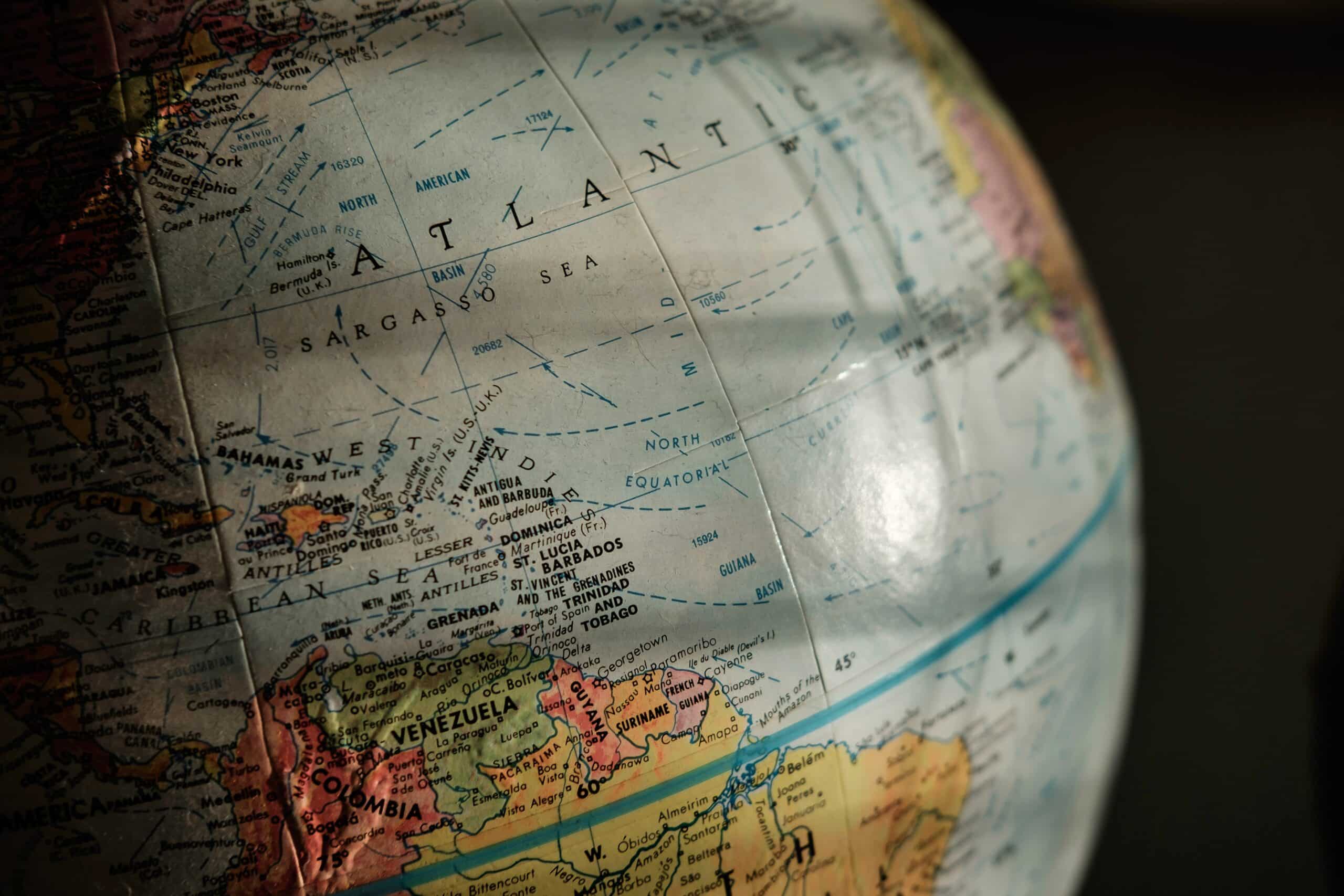Did You Know? The Coffee Belt: Where Coffee Thrives Around the Equator
If you’re a coffee enthusiast, you might have heard about something called the “Coffee Belt.” But what exactly is it, and why does it matter in the world of coffee production? Let’s explore this fascinating geographical phenomenon and its significance in the coffee world.
Defining the Coffee Belt
The Coffee Belt is a term used to describe a specific region of the world where coffee plants thrive. It encircles the Earth near the equator, creating a narrow band that stretches between the Tropics of Cancer and Capricorn. This equatorial zone offers the ideal conditions for coffee cultivation.
Ideal Growing Conditions
So, what makes the it so perfect for coffee cultivation? Several factors come into play:
- Climate: The equatorial region provides a stable climate with consistent temperatures, typically between 60°F and 70°F (15°C to 24°C). This steady climate allows coffee plants to flourish without the stress of extreme temperature fluctuations.
- Rainfall: Coffee plants require a certain amount of rainfall to thrive, but they also need a dry period to allow the coffee cherries to ripen properly. The Coffee Belt often experiences a well-defined wet and dry season, ideal for coffee growth.
- Altitude: Coffee is often grown at higher altitudes within the Coffee Belt. The altitude contributes to the development of complex flavors in coffee beans. Slower cherry maturation and denser beans, highly prized by coffee connoisseurs, typically result from higher altitudes. https://vigorre.com/impact-of-coffee-unveiling-enviromental-effects/
Varieties of Coffee Within the Belt
It is not a monolithic region; it’s incredibly diverse. Within this equatorial band, you’ll find a wide range of coffee varieties, each with its unique flavor profiles. Factors such as altitude, soil composition, and local climate conditions influence these variations.
Significance in Coffee Production
The Coffee Belt plays a pivotal role in global coffee production. Here’s why it’s so significant:
- Major Coffee Producers: Many of the world’s top coffee-producing countries are located within the Coffee Belt. These countries include Brazil, Colombia, Ethiopia, Vietnam, and many others. Their combined output contributes significantly to the global coffee supply.
- Coffee Diversity: The Coffee Belt’s wide geographical range allows for the cultivation of numerous coffee varieties. This diversity leads to a rich tapestry of flavors and profiles in the coffee produced within the belt.
- Economic Impact: Coffee farming is a major source of income for millions of people in Coffee Belt countries. The coffee industry drives local economies, provides employment opportunities, and supports livelihoods.
Exploring Coffee’s Origins
For coffee enthusiasts, visiting countries within the Coffee Belt can be a fascinating journey into the origins of their favorite beverage. Witness the entire coffee production process, from cherries growing on trees to roasting and brewing the beans into a delicious cup of coffee.
Next time you enjoy your morning coffee, take a moment to appreciate the global journey it took to reach your cup, thanks to the remarkable Coffee Belt that encircles our planet’s equator.






